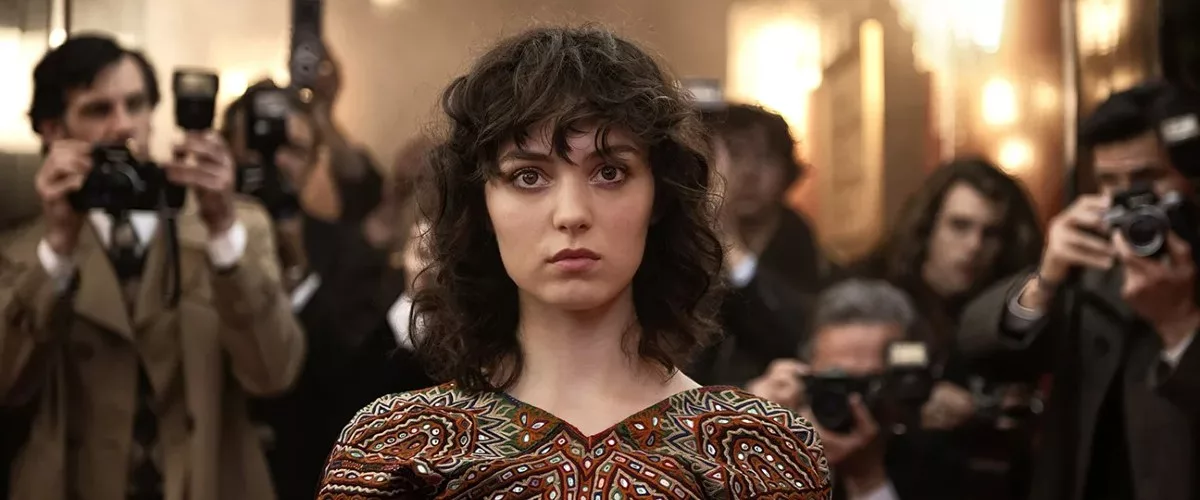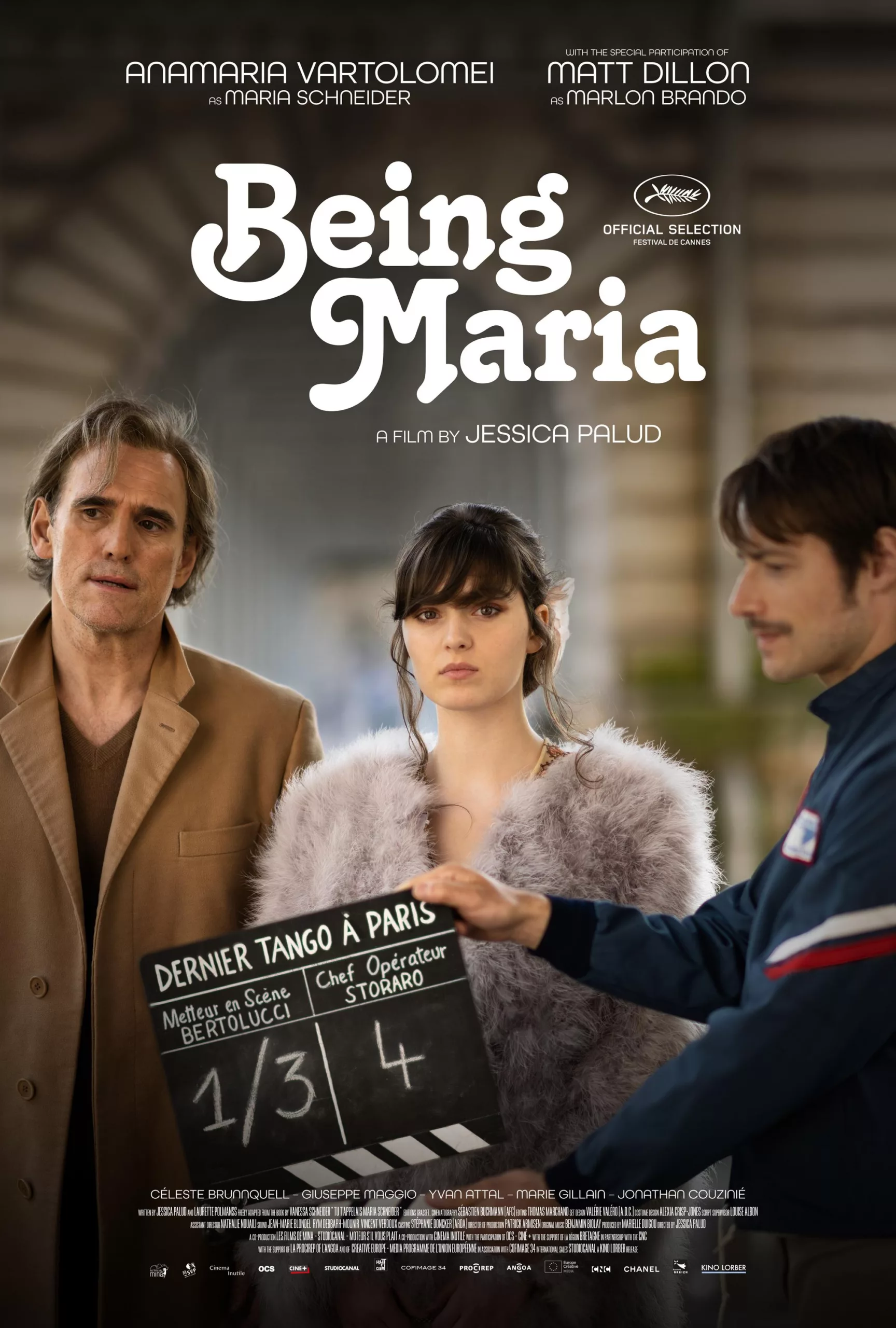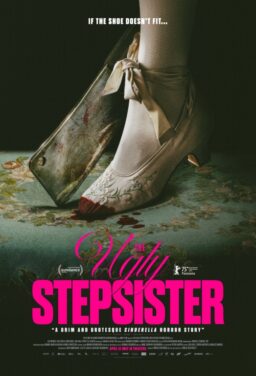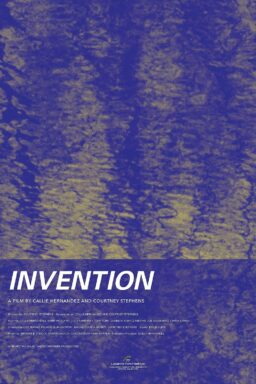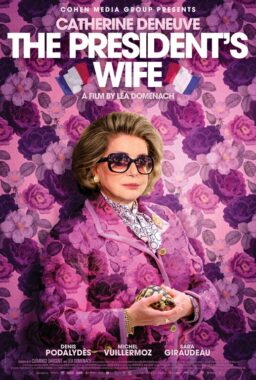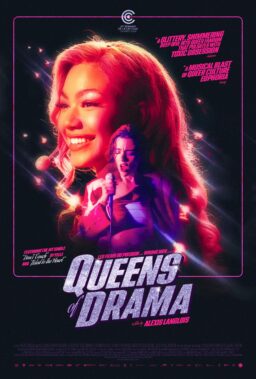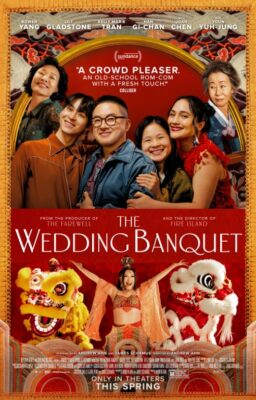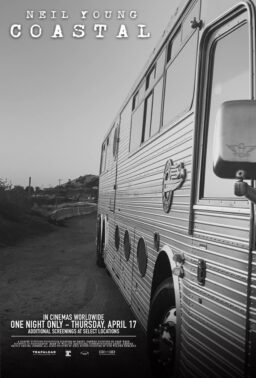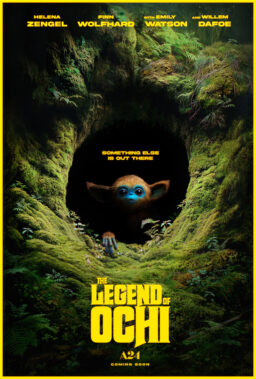In “Being Maria,” teenage Maria Schneider (Anamaria Vartolomei) is first seen sitting on a movie set, watching her actor father, Daniel Gélin (Yvon Attal), at work, her face lit up with pride and curiosity. At home, her mother (Marie Gillain) gives her a hard time for wanting a relationship with the man who abandoned them. Schneider is still in school but drawn to her father’s world. After being kicked out of the house, Maria finds refuge with her uncle (Jonathan Couzinié), a kindly man with a wife and a couple of kids. One of those kids would grow up to write a book in 2018 called My Cousin Maria Schneider: A Memoir. “Being Maria,” directed by Jessica Palud, is based on Vanessa Schneider’s book, and it centralizes Maria Schneider’s experience of appearing in Bernardo Bertolucci’s 1972 “Last Tango in Paris,” the controversy of that film and the shameful treatment of her, in particular.
Maria Schneider’s story is a tragic and often infuriating one, and “Being Maria” captures the complexity of the situation. It is not hard to understand why the teenage actress would be dazzled by Bernardo Bertolucci (Giuseppe Maggio), the Italian director who casts her without a screen test or audition, to play opposite Marlon Brando in his upcoming film. Any actress would be thrilled at such an opportunity. Marlon Brando wasn’t just a famous actor. He was one of the most famous actors of the 20th century. In a stroke of smart casting, Matt Dillon plays Brando, with a kind of abstracted troubled sensitivity.
I wonder how “Being Maria” will hit those who don’t already know the story of “Last Tango in Paris”. I was 19 when I first saw the film, Maria Schneider’s age at the time of filming. It was unlike anything I’d ever seen before. I was in acting school at the time, learning about the use of improvisation in a rehearsal process, and so the dynamic between Brando and Schneider in that empty apartment was something to study, not just experience as an audience member. What would it be like to act between the lines, to free yourself from obligation to dialogue? The two actors seemed unbelievably frighteningly free. It was a revelation.
The film obsessed me, and I researched it. I came across Pauline Kael’s famous rave, and I found out about the “controversy”: The film was banned, deemed “obscene,” it was a scandal and sensation. I also learned that the “butter” scene was sprung on Maria Schneider in the moment of filming it. Bertolucci wanted her raw reaction to being sodomized (simulated, not actual); he didn’t want her to know it was coming. What you saw onscreen, then, was Schneider’s traumatized surprise at being tricked by the powerful director and her famous co-star. The revulsion I felt was intense. As an acting student, Bertolucci’s trickery seemed to me not just unfair and cruel, but ignorant of the actors’ process. Good acting was about creating the illusion of the first time. Bertolucci didn’t trust she could do it. Those of us who love Bertolucci’s films, who love Marlon Brando, have to grapple with (not reconcile) two separate realities. “Last Tango in Paris” remains a riveting and important film, and the treatment of Maria Schneider was indefensible. (Brando, too, felt manipulated by Bertolucci, although not in the same way or to the same degree. He wrote in his memoir: “I decided that I wasn’t ever again going to destroy myself emotionally to make a movie. I felt I had violated my innermost self.”)
The scenario of “Last Tango in Paris” is simple and open-ended (as well as an obvious male fantasy). A chance encounter between Jeanne (Schneider) and the middle-aged Paul (Brando) leads to a no-names “affair”. The age difference is extreme. Schneider holds her own opposite Brando, which far more seasoned actors were unable to do. Brando was coming off the triumph of “The Godfather,” and the grief-struck Paul could not have been more different from Vito Corleone. Schneider had had small parts in things, but she was virtually an unknown. The controversy following the film’s release was unruly, as was the reaction to her in particular. She became an unwilling sex symbol. Everyone wanted to talk about the butter scene, but nobody wanted to hear her complain about the circumstances behind it. Schneider couldn’t protect herself and eventually fell into drug use. Her career suffered. She was vocal in her criticisms of the movie industry’s treatment of women. She spoke out against unnecessary nudity in film; she advocated for more female directors.
Schneider’s is one of the saddest cautionary tales. The “What ifs” and “What might have beens” pile up as you watch “Being Maria,” particularly when you remember Vartolomei’s lit-up alert face in the first scene where she watches watched her father. She was so intrigued by acting, so excited at the opportunity afforded her, thrilled in the anything-goes delight of playing opposite someone as free as Brando. But “anything goes” has its darker side. Vartolomei’s anguish is painful to watch. The sense of betrayal is shattering.
Palud approaches the material with great empathy but also honesty. “Being Maria” doesn’t soft-pedal Schneider’s problems in the years after “Last Tango”. Schneider burns bridges. She can’t focus on her work. She acts out. Vartolomei goes to those dark places. One of the defining characteristics of tragedy with a capital T is how the audience yearns to intervene, to step into the story and avert what we know is coming. It’s so obvious, in retrospect, that all of this could have been avoided. If someone had just helped this woman, protected her, the whole thing might have played out differently. The overwhelming feeling I got watching “Being Maria” was loss.
In the opening scene in “Last Tango,” Schneider strides towards the camera, dwarfed by her surroundings, and yet somehow dominating them. Her feathery coat rustles around her, creating an impression of both airiness and liquidity, almost as though the wind propels her forward. She’s something new, she’s the youthquake, she’s the future, unburdened by the past, coming right at us. If anyone wants to experience Maria Schneider’s cinematic gifts, separate from “Last Tango,” they should seek out Michelangelo Antonioni’s celebrated film “The Passenger” (1975), where Schneider plays opposite another seasoned veteran, Jack Nicholson. Her performance shows the “what might have been” in stark clarity. Roger Ebert revisited the film in 2005 and wrote of Schneider’s “breathtaking spontaneity,” going on to say, “She is without calculation, manner or affect. She reacts cleanly and without complication to events.” She’s a revelation, still. To this day, Maria Schneider really means something to people. “Being Maria” vibrates with sympathy and loss.
In 2012, Patti Smith wrote and dedicated a song to Maria Schneider:
“We didn’t knowThe precariousnessOf our young powersAll the emptinessWild, wild hairSad, sad eyesWhite shirt black tieYou were mineYou grabbed the ringOf the carouselTangoingFrom Heaven to Hell.”

